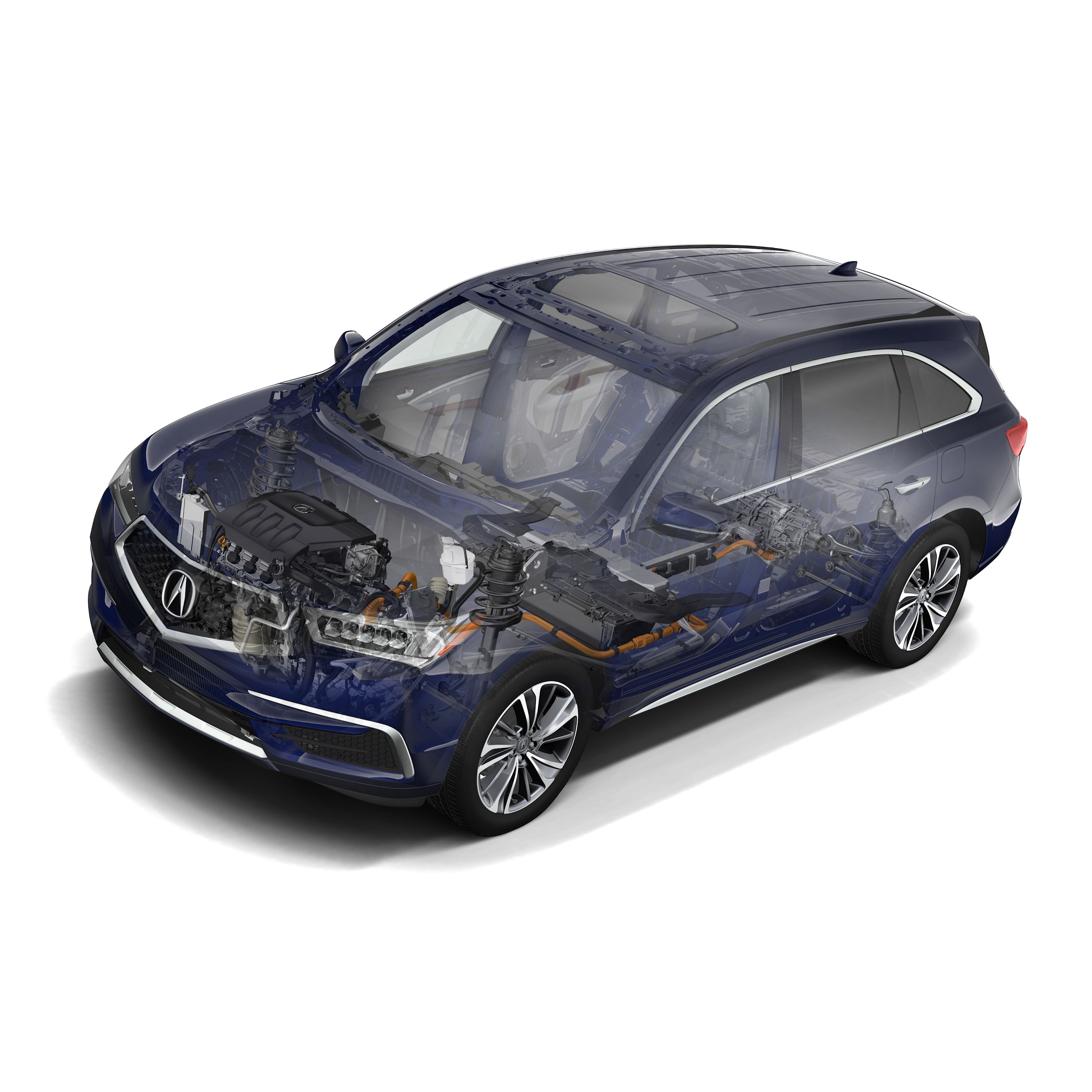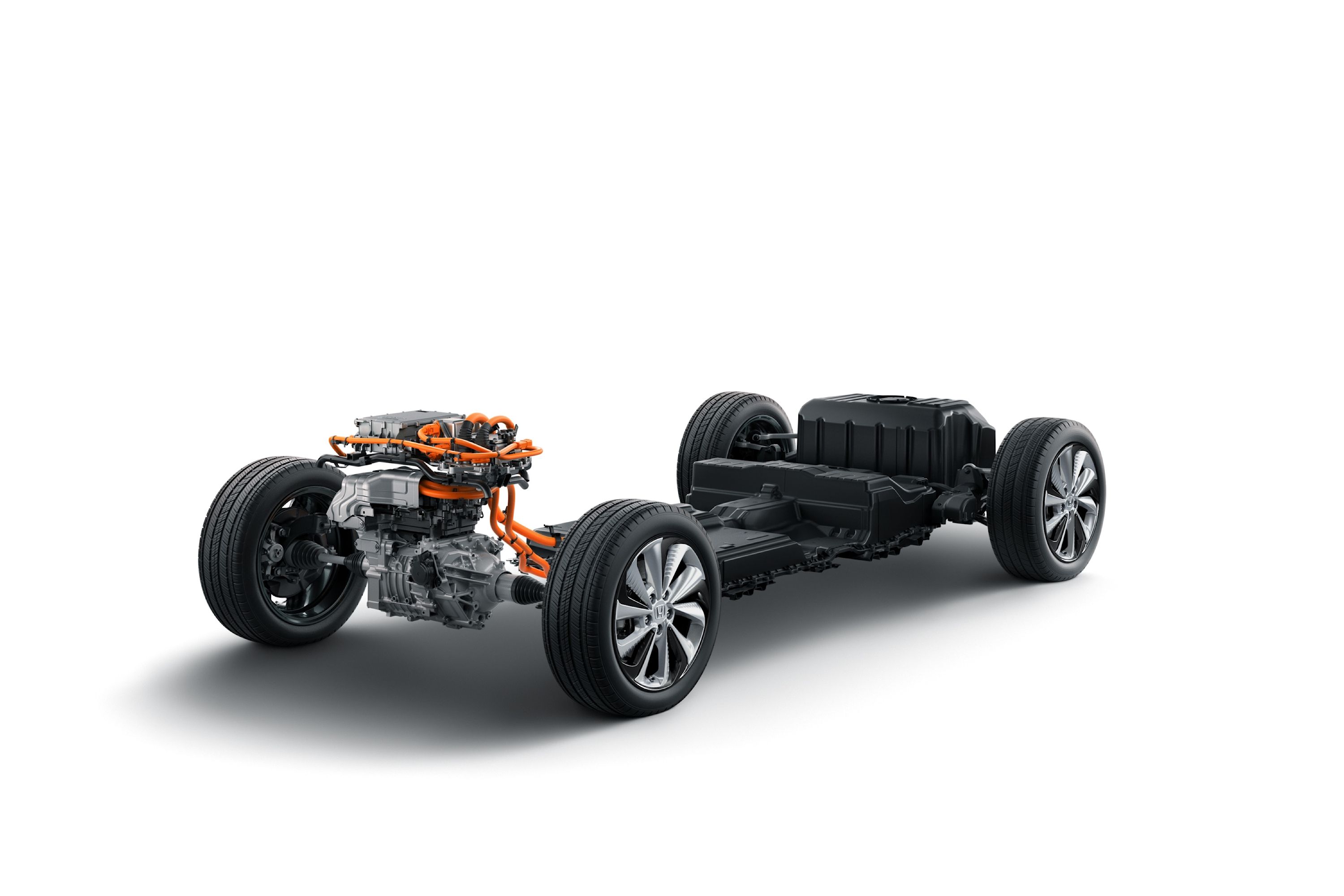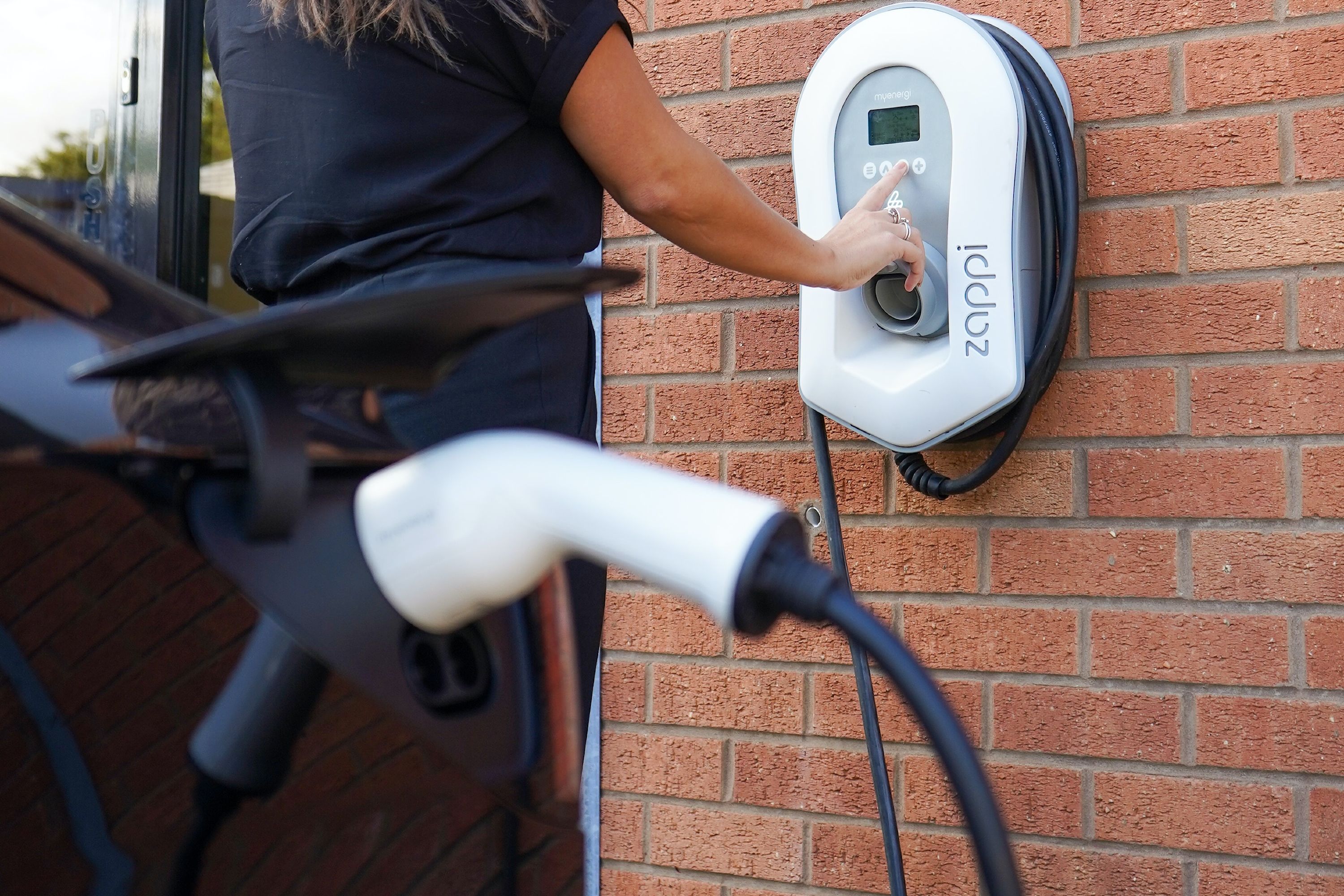
Until the turn of the century, a car was driven by an internal combustion engine, fueled by either gas or diesel. Those were the only two options available, but now we have ICE cars, various hybrids, battery-powered electric vehicles, and fuel cell electric vehicles.
The automotive industry has come a long way in the past few decades, and among the most exciting advancements are hybrid and electric vehicles. There are multiple types of each, and they all have different benefits and challenges. So, if you've ever wondered if hybrid and electric cars are the same, this guide will clear up any confusion and maybe even help you decide what your next car should be.
The Hybrid Powertrain
After the standard internal combustion engine (ICE) came the hybrids, in two distinct flavors. The first one to hit the scene was the hybrid, also called an HEV - Hybrid Electric Vehicle. Though it still relies largely on gasoline power, it pairs the engine with an electric motor and a small battery pack. This supplements the engine to improve performance and efficiency, resulting in better fuel economy.
The hybrid motor is usually housed within the gearbox assembly, and the battery pack isn't large enough for the car to drive on electric power for more than a mile or two. Instead, how hybrid engines work is that the electric motor serves as an assistant to the ICE, which means it doesn't have to work as hard. Instead of just one standard power output, you get a combined power output. That's the total power produced by the ICE and electric motor working together. The Toyota Prius is the most famous example of a standard hybrid car, though the list of the best hybrid cars has since expanded.
The plug-in hybrid is similarly configured. It gets an ICE engine, with everything that entails - pistons, crankshaft, and all - but it also gets an electric motor and battery pack. However, the batteries are usually a lot bigger and last longer. Instead of simply bolstering the engine, this setup can power the car completely on its own.
Both are eco-friendly options, and advances in hybrid technology have helped to overcome some of the challenges faced by early hybrids, such as lower cargo capacity and higher maintenance costs.
The Electric Powertrain
Since electric power has already proven highly effective in hybrids, it makes perfect sense that fully electric vehicles are the next frontier. Much like hybrids, they come in different forms, such as the battery-electric vehicle (BEV) and the fuel-cell electric vehicle (FCEV) or water-hybrid car, as some may call it.
Battery-electric vehicles are by far the more common of the two and come equipped with anything between one and four motors and a powerful battery pack that can bestow them with a range of up to 500 miles. They are also capable of being extremely powerful, with some of the best electric cars sprinting from 0-60 mph in under two seconds. However, they do have some downsides, like long charging times. This is why they are only really viable options in areas with an established fast charge network.
Hydrogen systems for cars are relatively new and haven't really taken off in the mainstream market. The hydrogen engine is extremely efficient and actually far cleaner than a regular EV since household electricity is often produced through less-than-green methods. Unfortunately, not many areas have the infrastructure to supply fuel cells for hydrogen cars, and not many automakers seem particularly interested in hydrogen motors since standard EVs are easier to produce en masse.
Which is Better: Hybrid vs. Electric
So when it comes to hybrid cars vs electric cars, which comes out on top in terms of value for money? There is definitely a case to be made for either, and there are plenty of options in each category. However, the age of the EV is clearly at hand, so there may not be quite as many hybrids on the market as there once were. It's still worth taking a look at the pros and cons of hybrid vs electric cars while they are both still popular choices:



